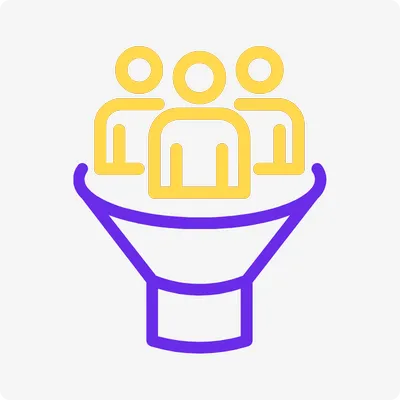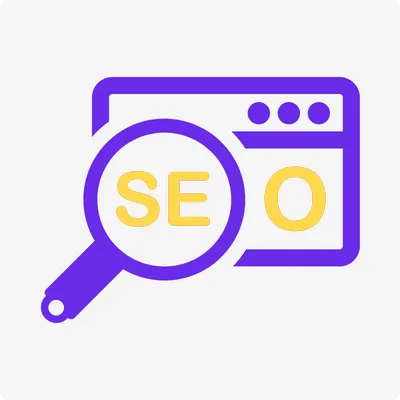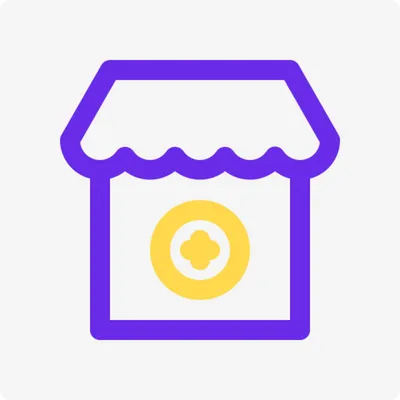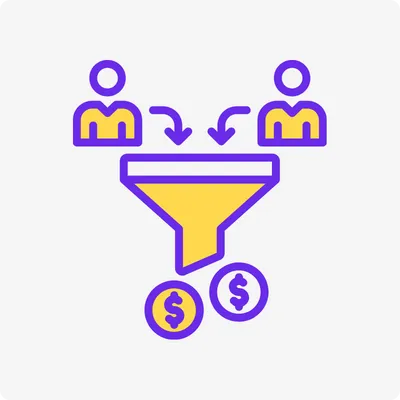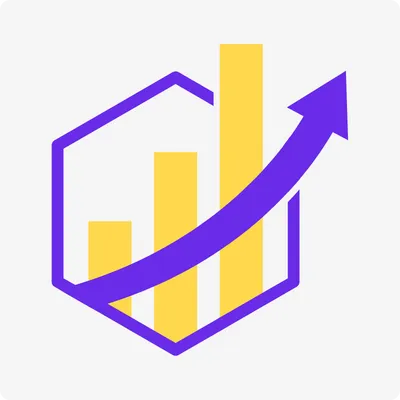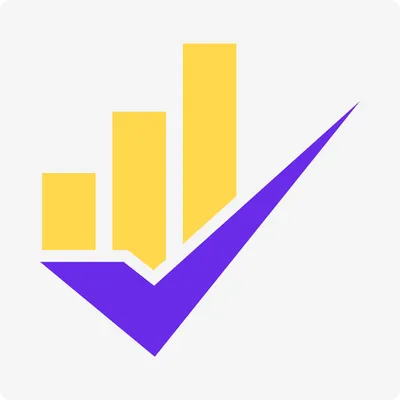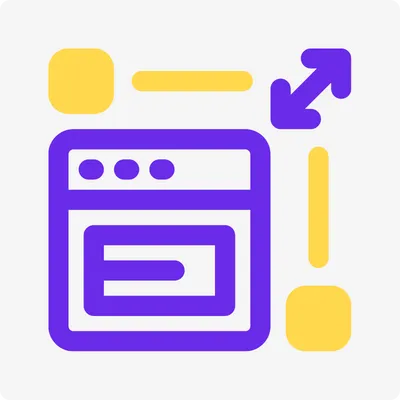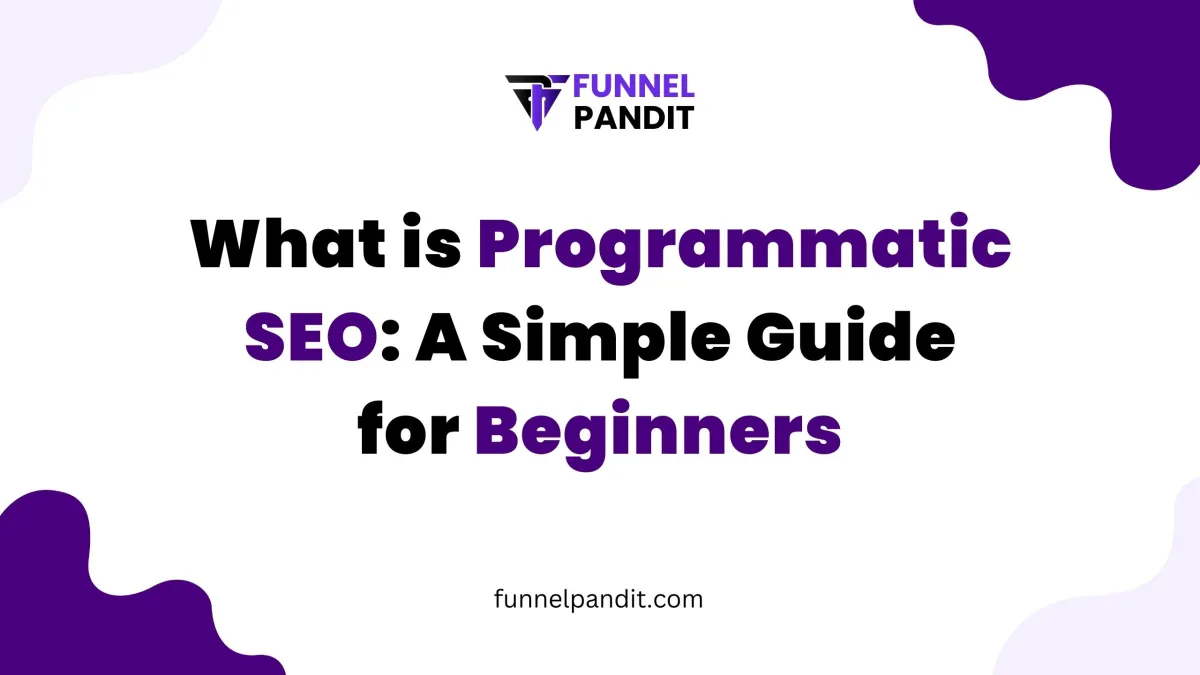
What is Programmatic SEO: A Simple Guide for Beginners
If you're looking to harness scalable and automated content creation techniques to bring traffic to your website, you are probably wondering: What is Programmatic SEO?
This guide will define Programmatic SEO, explain how it works, and demonstrate how it can help you reach higher rankings on Google.
Also Read 👉 Top 10 Advanced SEO Strategies for Organic Success
What is Programmatic SEO?
Programmatic SEO is a way to create many pieces of high-quality, search-optimized content in an automated or semi-automated way. Instead of writing one page at a time manually, Programmatic SEO uses templates, data, and automation to write thousands of pages for distinct keywords or searches.
In short, a travel website can create thousands of pages about different locations, with templates, a database of city names, tourist attractions, and travel tips.
Why is Programmatic SEO Important?
In a world that is entirely digital, businesses can mischievously need to be noticiable within search results. This is especially true if they are trying to attract organic traffic aside from pay-per-view solutions. Programmatic Search Engine Optimization (SEO), is a strategic approach to added content creation at scale, in order to help websites rank higher in search engines while also reaching a wider audience. But why is Programite so impactful, and why is it such as a powerful tool for brands?

1. Quick Content Production
Producing hundreds, or thousands of pages by hand can be very slow and expensive, but with Programmatic SEO, the possibilities are nearly endless. Programmatic guidelines and templates allow you to create and publish lots of content at scale, freeing your time on other obligations while your content is scaling up.
2. Targets Long-Tail Keywords
Long-tail keywords are search queries with less competition and decent search volume. Programmatic SEO helps target these queries with pages about individual user needs, like:
“Best yoga studios in New York”
“Best budget-friendly hotels in Chicago.”
When you focus on long-tail keywords, it is possible to generate more qualified traffic, while answering niche queries.
3. Growth of Traffic that is Scalable
The scalability of Programmatic SEO is one of the most significant advantages. Instead of building a few pages, you can produce thousands of page URLs. Each individual URL is unique and optimized for different types of search intent. This will enable you to scale a consistent, growing, and exponential amount of organic traffic.
4. Cost-Effective
Mostly if you are planning to hire content writers to create so many pages, it can become costly. Programmatic SEO will eliminate these costs because much of the content is automated. Once you have installed the system structure, then fulfilling the generation of new content becomes little more than lifting your finger to produce a new page, making it much more budget-friendly to scale a content strategy.
5. Increased Search Engine Rankings
By providing a bunch of relevant content covering a broad range of search queries, you can raise your website's domain authority and search engine optimization (SEO) performance. The more high-quality and optimized pages you have, the better your odds are to rank on Google's page one for a bunch of different search terms.
6. Consistent Content Structure
Programmatic SEO is template driven which promotes better consistency of content layout and quality across your pages. This consistency will enhance user experience and allows search engines to crawl and index your pages at a faster pace.
7. Competitive Advantage
If you're in a competitive space, for example with e-commerce, travel or real estate, Programmatic SEO will give you that competitive edge to get ahead of your competitors. Your coverage of more search queries [e.g. creating more content in your space] = more useful content = dominating your space = more organic traffic -- and you can see your competitors losing search traffic to you!
8. Data-Driven
Programmatic SEO focuses on structured data and automating the process, making human error less likely. By accessing accurate datasets and harnessing automation tools you can create this content in an efficient and meaningful way. In effect, is adding to the credibility of the site.
9. Deliver a Good User Experience
If done well, Programmatic SEO means users will find the exact content they were looking for, for example using pages that matched intent searching. Satisfied users will spend longer on site, bounce rate lowers and chance of conversion increases.
10. Faster Time-to-Market
Creating content the conventional way takes time, and then there is the entire publication and evaluation process to take into consideration. Programmatic SEO drastically reduces the time to create and publish content when compared to traditional content creation efforts. Once the programmatic infrastructure is created and in place, the ability to create and publish thousands of pages comes quickly. This means it improves your ability to react to market demand and user requirements in real-time.
Programmatic SEO is useful because it provides an effective, scalable, and cost-efficient way to create content and drive organic traffic. It will enable brands to leverage long-tail keywords, apply a consistent structure, and rely on automation to build content that will improve their searches in SERPs. With the continual changes to Google's algorithms, businesses have to be diligent in improving their content and their organic rank on search.
How Does Programmatic SEO Work?
Understanding how Programmatic SEO works is key to leveraging its power for your website. It involves combining templates, automation, and structured data to generate content at scale.
Here’s a step-by-step breakdown of the process to help you get started.
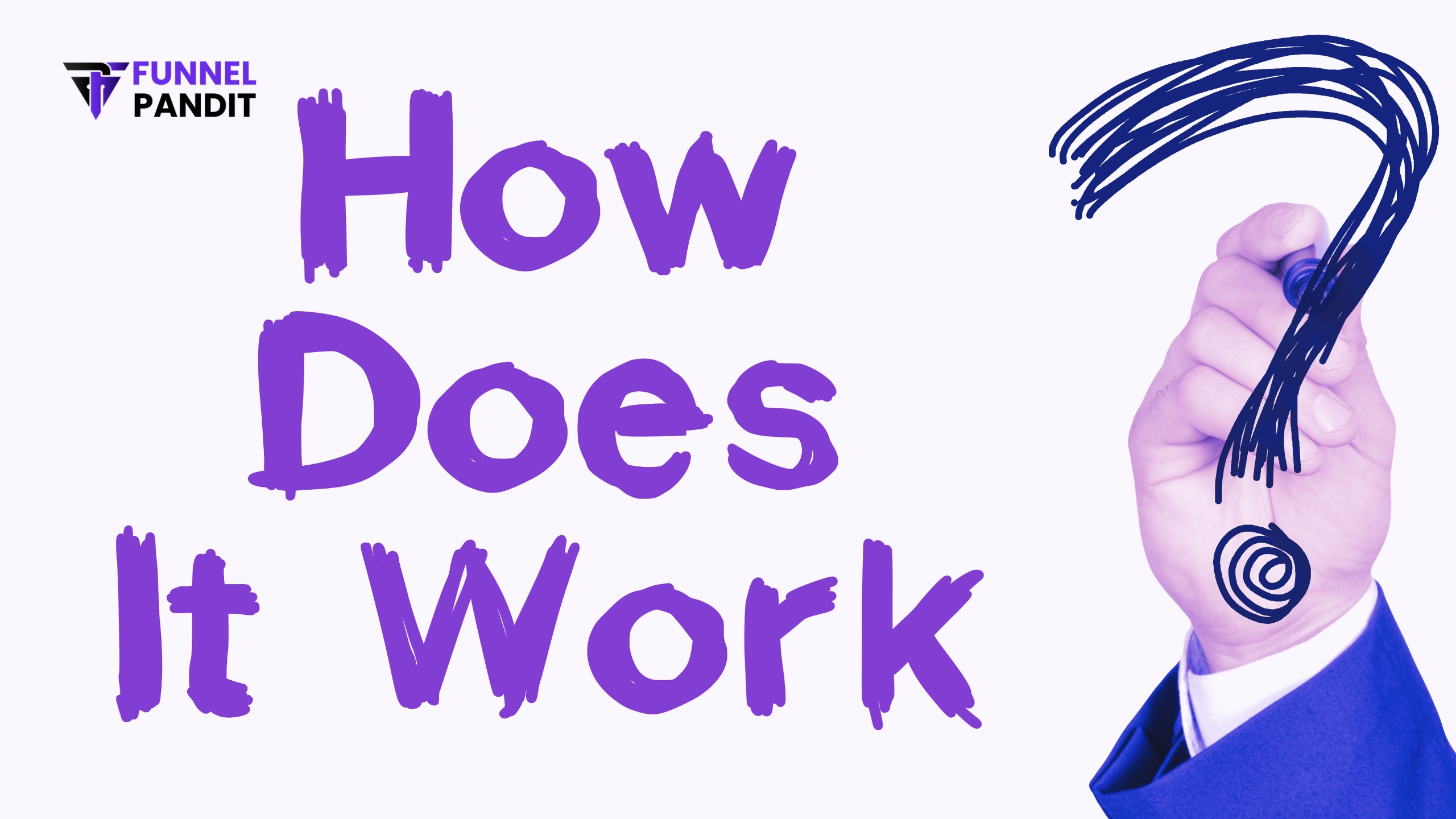
1. Uncover Target Keywords
Researching and identifying long-tail keywords and search phrases is the first step in Programmatic SEO. Long-tail keywords usually have less competition and are more closely aligned with the user’s search query, which is why they are advantageous for driving niche traffic. For example:
“best hike trails in Colorado”
“greatest Italian restaurants in New York”
There are tools like Ahrefs, SEMrush, and Google Keyword Planner, that will help you locate.
2. Gather and Organize Directories
Programmatic SEO is about structured data. You will gather data for your keywords from various sources that are typically considered reliable such as:
APIs (e.g., location, product)
Databases (e.g., job boards, travel guides)
Spreadsheets (e.g., google sheets, CSVs)
You just need to assure your data is accurate and structured in a way that is usable.
3. Develop Content Templates
Create content templates for your web pages. The template is a structure with placeholder for dynamic data based on the travel guide example:
Title: Best [Activity] in [Location]
Description: Discover the best [Activity] in [Location]. Find complete and practical information, tips, and other location-specific information to maximize your visit.
Content Body:
• Introduction: A short overview of the location and the activity.
• Highlights: A dynamic list of attractions/services.
• Tips: Useful advice specific to the location.
Content templates help keep the structure, design, and quality consistent across all pages.
4. Automate Content Generation
If you haven't done so already, use automation tools or scripts to combine the templates with your data. Automation tools such as Airtable, Webflow, Zapier, or custom scripts can automate this process. In this travel guide example, our database of 100 locations would provide the capacity to generate 100 unique pages, all with related content and SEO components.
5. Optimize for SEO
Every generated page should be optimized for search engines. Some of the important SEO elements include:
Title Tags: Varies of target keywords included naturally as part of the text.
Meta Descriptions: Unique for each page to encourage clicks.
Headers (H1, H2, H3): Clear organization into headings
If you can do those things, search engines will see that you have content that is unique to your site, and will rank it appropriately.
6. Quality Assurance
Now that you've generated the content, take a moment before you publish to consider the following for each generated page:
Content Quality: Does each page provide unique value?
Accuracy: Is the data correct? Current?
Readability: Is the content easy to read?
Quality is important, especially when considering penalties for low-value/duplicate content.
7. Launch and Track Performance
After you have your pages live, keep an eye on their performance with tools like Google Analytics and Google Search Console. You will want to measure:
Organic Traffic
Keyword Rankings
Bounce Rate
Conversion Rate
From these metrics, you can optimize accordingly and improve content.
Programmatic SEO is the automation of content by taking advantage of data, templates, and automation. If done correctly, Programmatic SEO will allow you to scale your website content, target niche keywords, and generate a ton of organic traffic. You can master the fundamentals, while maintaining some measure of quality, you can fully tap into Programmatic SEO for your website and have your online presence expand.
Benefits of Programmatic SEO
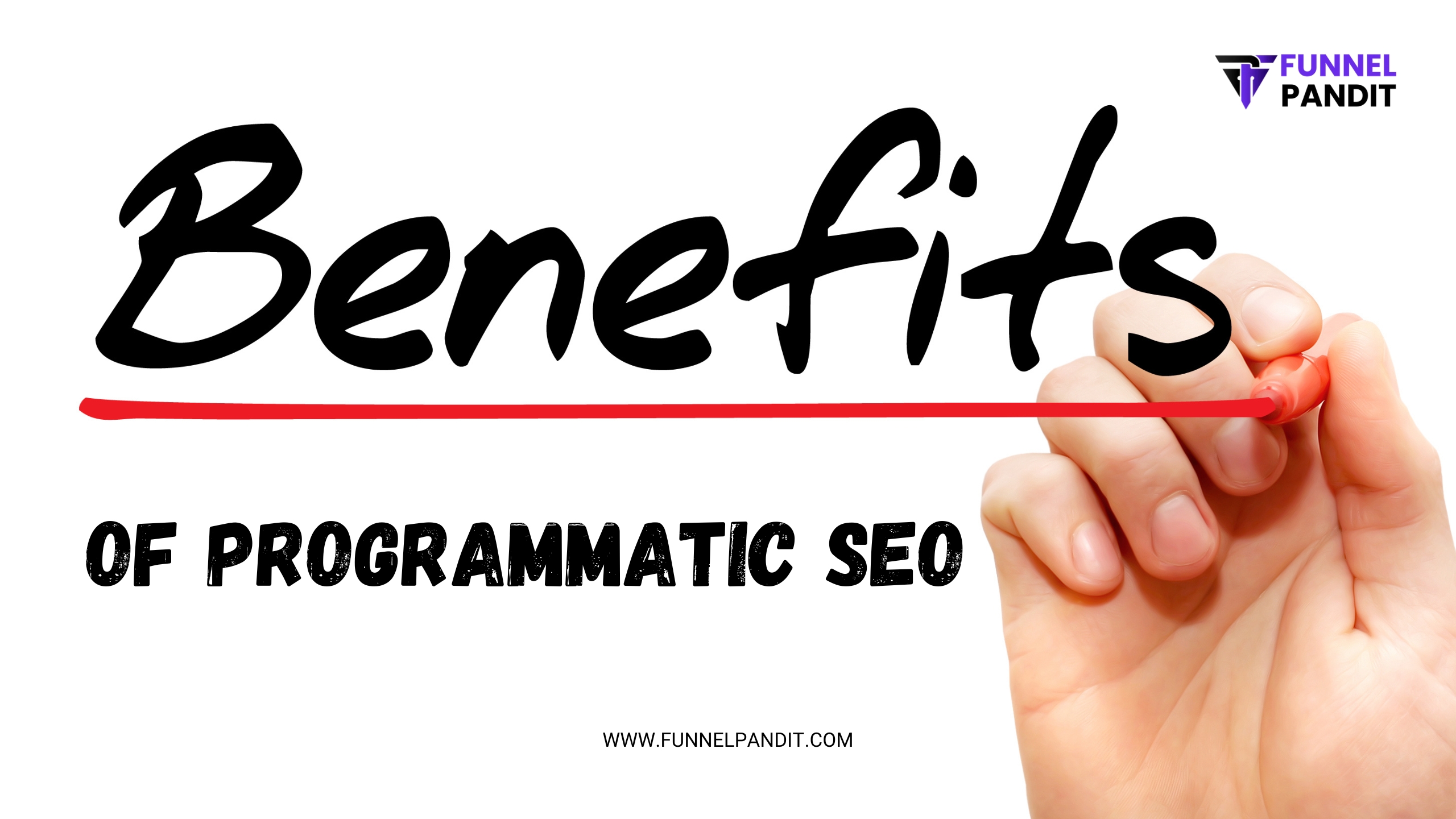
Cost-Efficient:
Automating the entire content creation process will significantly decrease overhead when compared to using multiple content writers. You save both large amounts of time and money!
Scalable Content Creation:
Programmatic SEO allows you to make thousands of pages in a very short and efficient time frame. This is particularly useful for sites that need to address a massive amount of keywords and topics.
Higher Search Engine Rankings:
Targeting long-tail keywords and creating relevant pages makes it much more easy to rank higher on Google and generate organic traffic.
Improved User Experience:
When done properly, Programmatic SEO creates meaningful and relevant content for a user based on their search query, which improves the user experience.
Consistent Content Quality:
By leveraging templates, you are ensuring consistency among design, data layout, and overall quality across all the pages you generate, making your website look nice and organized.
Target Niche Audiences:
Programmatic SEO allows you to write for targeted albeit poorly searched terms, so you can successfully reach your niche audience.
Data-driven:
As you would use original data sources, you can publish accurate, dynamic, and updated content to fulfill user needs.
Competitive advantage:
By covering more keywords and searching queries than the competition, you have a better chance to dominate search engine results pages (SERP).
More efficient internal linking:
The built-in ability to automatically create content makes it easier to generate internal links, which is good for SEO and navigation.
Less content gap:
By automating the creation of relevant pages, you could ensure more comprehensive coverage of search queries related to your industry, leaving less of a gap in your content strategy.
Examples of Programmatic SEO
To better understand how Programmatic SEO works, here are some real-world examples of how businesses use it to scale their content and drive organic traffic:

1. E-commerce Websites
Example: Amazon
How They use it: E-commerce sites such as Amazon dynamically generate thousands of product pages. They generate each product page using a full template — filling out the template with data like the product name, description, price, and reviews. This allows Amazon to cover thousands of keywords based on the variation of product (i.e., different sizes, colors, or brands).
2. Travel and Tourism Websites
Example: TripAdvisor
How They use it: TripAdvisor takes a programmatic SEO approach to create location pages before a tourist arrives, for cities, hotels, attractions, and restaurants,, etc. They can fill in thousands of pages with combined templates and location data. Many of the pages have search queries like "best hotels in [city]" or "things to do in [destination]."
3. Job Boards
Example: Indeed
How They Use It: Job boards, like Indeed, develop job listings by pulling data from company postings - automating the site creation for them, allowing them to create a page every time someone visits a site with a job listing. All they need to do is set their page templates, and they can then generate pages for for example, "marketing jobs in [city]" or "remote jobs in IT." Each page is based off a template page and populated with job postings for [city] or remote work in IT or marketing for remote jobs.
4. Real Estate Sites
Example: Zillow
How They Use It: Zillow uses their templates to create thousands of property listing pages. They pull property data and combine it with their templates so they can use them for properties based on location, price, and features. They rank highly for the query "homes for sale in [city]" or "apartments in [neighbourhood]."
5. Review Sites
For instance: Yelp
How They Do It: Yelp sets up pages for business types and in locations (for example, "best coffee shops in New York"). Yelp can use templates, along with business data, to automatically create thousands of pages targeting various search queries.
6. Educational Sites
For example: Course platforms like Udemy
How They Do It: Course platforms create pages for each category/sub-category of course. For instance, Udemy can create a page for a search query like "beginner python courses" or "digital marketing classes online."
7. Local Directory Listings
Example: Yellow Pages
How They Use It: Local directories create business listings by taking a template and filling it with business data, such as an MBID, Address and Business information. This helps them rank for search like “plumbers in [city]” or “best salons near me.”
Why These Examples Work
These examples succeed with Programmatic SEO because they:
Leverage Data: They utilize a large dataset to create unique, meaningful content.
Target Specific Keywords: They are looking to rank for long-tail, niche search terms.
Create Value for Users: They create relevant, useful content for search queries.
Maintain Consistency: They provide uniform output by following a template, which helps to keep content quality.
Using this knowledge, you can achieve Programmatic SEO principles to create a significant number of visitors to your website.
Challenges of Programmatic SEO

Duplicate Content Problems
Problem: Creating 1000-similar pages can result in duplicate content and it could get penalized by search engines.
Solution: Simply ensure that each page has difference elements. Use unique titles, unique meta descriptions, and unique and relevant content on every page. Track duplication regularly by utilizing some of the many duplicate content tools available online.
Content Quality Issues
Problem: Automated content can sometimes lack relevance, depth and readability which can be frustrating for users.
Solution: When using automated content, strike a balance with a human element to the content. You have to ensure sufficient quality standard. Add as much of a personal touch as possible.
Data Validity
Problem: Using a data source that is out of date or inaccurate can lead to invalid content.
Solution: Stick with verified and legitimate databases or APIs that are current.
SEO Punishments
Issue: Badly done Programmatic SEO can trigger spam flags on search engines and face punishment.
Resolution: Comply with SEO best practices, provide useful value for users, and do not stuff keywords.
Thin Content
Issue: Pages have quality or value issues which can result in high bounce rates, and low rankings.
Resolution: Add valuable, useful information onto each page to satisfy user intent.
Scalability Management
Issue: Managing thousands of pages can become overwhelming especially with maintenance and updates of a site.
Resolution: Create automated processes to monitor updates and the content on a page, and organize pages accordingly.
Technical SEO Challenges
Problem: Problems such as slow page speeds or improper indexing can greatly undermine your SEO performance.
Solution: Make sure that the underlying structure of your website works well, from sitemaps to internal links to page speeds.
User Experience (UX) Issues
Problem: Content that is generated automatically is often random, and can lead to broken navigation resulting in less-than-ideal user experience.
Solution: Put time and energy into intuitive design, navigation, and internal links.
Competitive Landscape
Problem: The growth in businesses using Programmatic SEO means there is increasingly more competition around the same keyword terms.
Solution: Find unique and specialized opportunities in niche keywords and produce a better quality content offering.
Monitoring and Maintenance Nuances
Problem: Automatically generated content requires constant visibility to ensure it remains truthful and relevant.
Solution: Understand the need to pay attention to analytics, check-in on your content, and make proper updates or corrections as needed to be effective.
While we've outlined some significant challenges when it comes to Programmatic SEO, and how to overcome those challenges to support long-term success, it is important to understand that Programmatic SEO is a scalable method of content generation, and more efficient for qualifying sources information!
By focusing on quality of content, informational integrity, and user experience through Programmatic SEO, you can efficiently position your website to bolster rankings in search!
How to Start with Programmatic SEO
Programmatic SEO allows you to create a large amount of content and reap the benefits with massive organic traffic. You might be wondering how bigger websites can write thousands of pages that are all based on different search queries. The answer that you're looking for is Programmatic SEO!
This guide will help show you how to go about getting started with Programmatic SEO, even if you're a beginner.

Stage 1: Define Your Keywords
Explore long-tail keywords that have search volume, and low competition. Generally speaking, long-tail keywords are phrases that users will search for. For example:
"Best hotels in [city name]"
"Top [type of product] under $100"
Keyword Research Tools:
Google Keyword Planner
Ahrefs
SEMrush
Ubersuggest
Consider keywords in a similar category that can be clumped together, as you will be able to create several pages based on one page template.
Stage 2: Create Data Sets
Programmatic SEO uses data to fill your pages with content, so you must find relevant data to make your keywords work. Some example data sets would include:
City (or location) names for travel guides
Product specs for e-commerce sites
Job postings for recruitment platforms
Places to Find Data:
Public Data Bases (i.e. government sites, Wikipedia)
APIs (i.e. Google Maps API, weather APIs)
Data Scraping (follow ethical practices as well as legal practices)
Organize your data in a spreadsheet or a database so that it can be referenced easily.
Step 3: Create Content Templates
Develop a content template for a single type of page that you plan to create. A template allows flexibility in using dynamic data so the pages that are produced can all be different while following the same basic organizational structure.
Example Content Template for a Travel Site:
Title: Top Things To Do in [City Name]
Content Description: Discover the top attractions in the [City Name] area including [Attraction #1], [Attraction #2], etc.
Content:
"So you're planning on a trip to [City Name] soon? These are the hottest places to check out in [City Name] with your family or friends. You cannot miss [Attraction #1], not to mention [Attraction #2]! [City Name] hasn't always been for the faint of heart, but you will have a blast no matter your love or choice of adventure."
Place holders like: [City Name] and [Attraction #1] are automatically done through dynamic templates in our database.
Step 4: Automate Content Creation
With an automation tool combined with your template, content will be generated at scale. Here are some popular options:
Airtable: To manage, organize data and connect with automation tools.
Webflow: For running and building programmatic / automated webpages.
Google Sheets + Zapier: Simplest way to connect and automate.
Custom scripts: You could use custom Python scripts for more demanding automation and merging.
To Successfully Automate Content Creation:
Import your data set into the aspect of your choice.
Connect your data with the content template.
Automate the creation of several pages based on your template.
Step 5: Optimize your pages for search engines
Each page that you’ve generated with a programmatic approach should now be optimized for search engines.
Some key optimization elements include:
Unique Titles and Meta Descriptions: Each page should have unique metadata that features your target keywords.
Internal Linking: To connect related pages to one another for navigation and SEO purposes.
Structured Data (Schema Markup): To aide search engines better understand your content.
Mobile-Friendliness: Ensure that all pages are responsive and loads quickly on mobile.
Example of optimized title:
“Best Things to Do in New York City: Top 10 Attractions”
Step 6: Publish and measure effectiveness
Once your pages are published, you’ll want to begin measuring their effectiveness.
Tools for measuring:
Google Search Console: To monitor impressions, clicks, and indexing issues.
Google Analytics: To analyze user behavior and page performance.
Ahrefs / SEMrush: To track keyword rankings and backlinks.
What to measure:
Traffic Volume: Are pages receiving visitors?
Bounce Rate: Are they engaging with the content?
Keyword Rankings: Are pages ranking for the targeted keywords?
Best Practices for Programmatic SEO
Don't Duplicate Content: Use individual pages, that brings unique value! (Do not duplicate!)
Think About the User Intent: Pages should actually answer users' questions!
Use Quality Data: Use sources of data that are correct and reasonable!
Update Often: Keep the content fresh!
Starting a with Programmatic SEO can be reassuring when you use the above steps. You can produce content at scale from keyword research and data gathering to automation and optimization. As a result, Programmatic SEO creates substantial traffic and allows you to compete in the digital age.
When you add more quality to less automated content, you serve both needs!
What is Programmatic SEO? Programmatic SEO is a powerful method to enable you to produce content at scale, on multiple keywords, and drive additional traffic. Post-Penguin, if done right, Programmatic SEO will save you time, make you more efficient, and improve your competitive advantage.
Create your target keywords, create a practical template, and use automation to create valuable content. As you develop your content regularly, you will see performance increase in your site ranking on Google!








